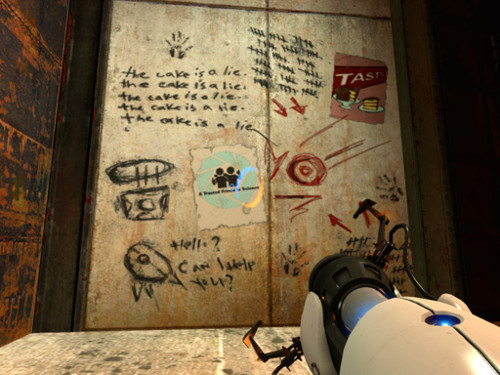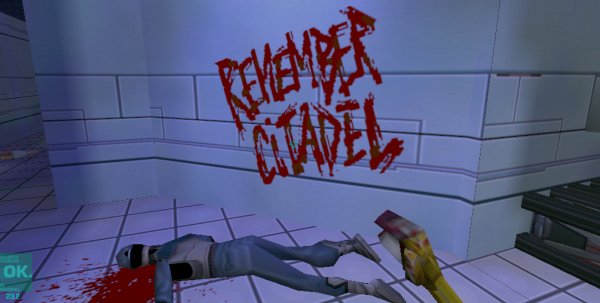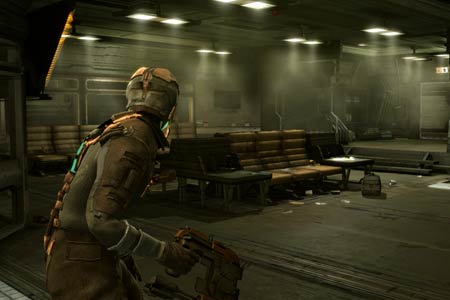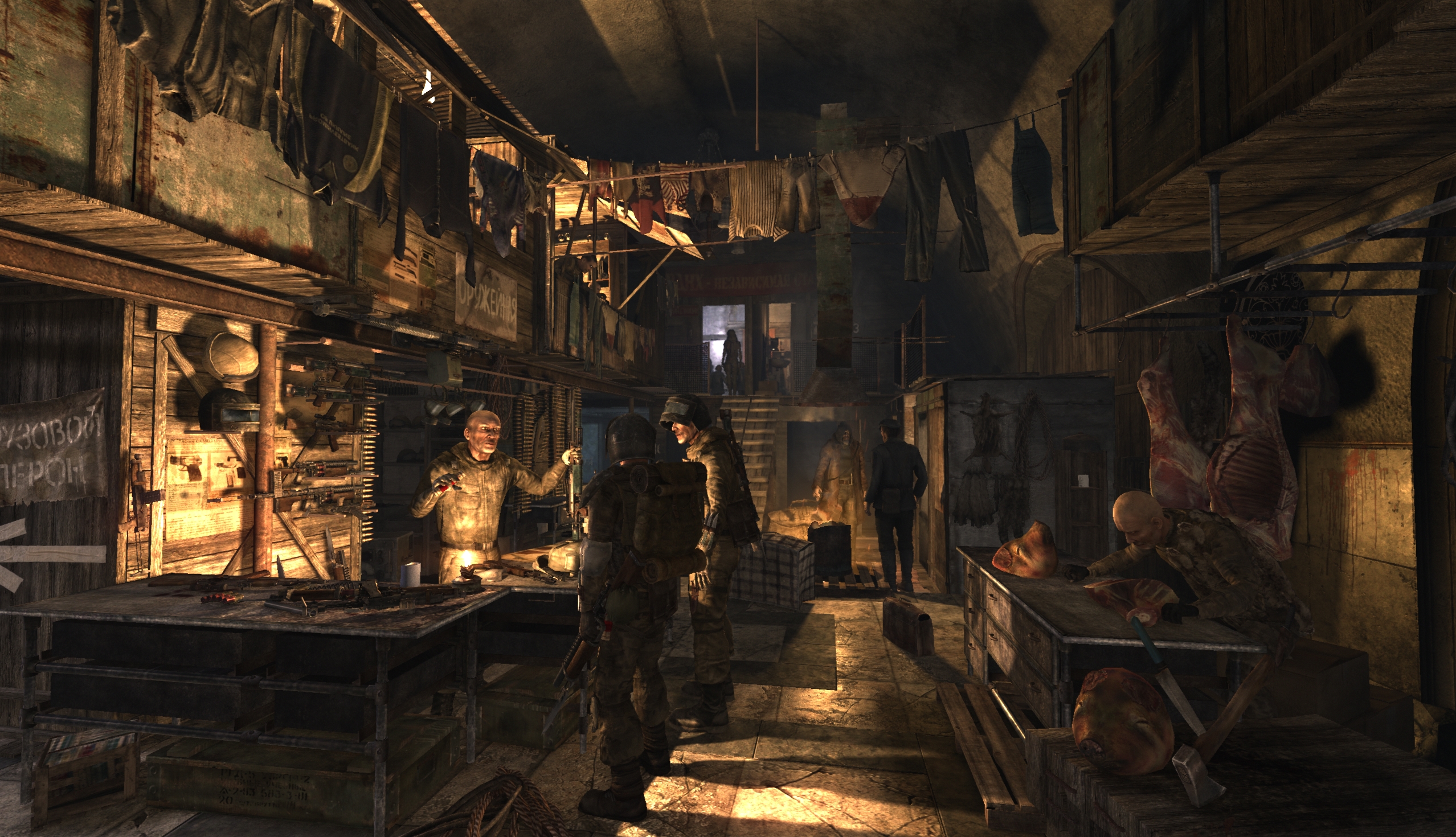
For some, this might be apparent, and for others, this might seem an offense to their gaming sensibility. No matter the side of the issue you are on, it’s hard to look at modern, story-driven games and disagree that developers are employing new and more imaginative ways of conveying plot, emotion, and character in game. What envelope do developers feel compelled to push in the immersive game design? Why are they adopting these techniques? The answer is simple: Storytelling isn’t enough anymore.
There are a number of reasons that this is the case, but most of the innovation surrounding storytelling spawns from the combination of developer creativity and the capabilities of the current-gen consoles. It used to be enough to provide one linear single-player campaign with clearly defined and numbered levels all leading to a predictable yet satisfying ending. Just look at the original Super Mario Bros. But now players navigate an increasingly realistic 3D space, and games have no excuse for not being totally immersive, jaw-dropping experiences.
I mean, we’ve seen it happen time and time again. What’s the factor, though, that pushes the storytelling in these games over the edge? A little something I like to call "storyshowing." Ok, let me explain. In writing, especially fiction writing, one of those stand-by mantras is "show, don’t tell," and it makes sense. When telling a story about, say, a haunted house, would you rather the author tell you, "The house was scary and it made me jump," or show you by writing, "The pale green planks creaked as I edged cautiously through the musty, thick air of the vacant foyer." And in gaming, the difference between telling and showing is simple: atmosphere.

In researching what gamers typically think of as the most immersive/atmospheric games of all time, these titles clearly stood out: F.E.A.R., BioShock, Half-Life 2, Gothic, Stalker, Mafia, System Shock 2, Dead Space, Metro 2033, Gears of War, Fallout 3, and Condemned. If you think it’s a coincidence that a number of these games have a big horror aspect, think again. It can be as simple as in-game audio logs (now almost a standard), some choice lighting, or an on-rails segment with no real action, just story and building suspense. These elements, along with the many other careful bits of design that go into the most atmospheric games, push what could otherwise be good stories to the point of greatness.
Here’s a quick hypothetical experiment to prove it. Hypothetically, imagine Isaac Clark clambering around the necromorph-infested deck of the USG Ishimura in Dead Space, but all the lights are on, the mutated humans come out of predictable spaces and hallways, and every video transmission required you to go to a video log menu on a start screen. Not convinced? Ok, hypothetically, imagine wandering around the dilapidated halls of Rapture in BioShock, but every time you hear Andrew Ryan, it’s through a jarring cutscene. Or is it even possible to imagine a Medical Pavilion devoid of blood-scrawled notes about aesthetic perfection?

Years ago, these kinds of details were only minimally possible, so atmosphere was rarely a discussion that developers lingered on. Especially in the transition from 2D to 3D, games were just graphically coming into their own, so no one would fault a game for blocky, single-texture surfaces. On modern-era consoles, however, it’s pretty tough to excuse a lack of atmosphere, especially for a game attempting to draw in and immerse those exploring its universe. The graphical power of the consoles to create lifelike environments has changed what used to be a voice or a subtitle to a ragged poster or a blood-covered tile floor.
So what? Yes, of course, atmosphere is good for a game when done well; this is apparent. But it’s the way that the atmosphere shows the story that the rest of the game (characters, plot points, cutscenes, etc.) tells. Because the story’s information is being communicated indirectly, often non-verbally, gamers are more likely to buy into it because that’s what the world appears to be like. So much is communicated outside of actual words in the non-virtual world, that when details like time period, aesthetics, and attitudes are conveyed simply through the combination of colors and shapes on a surface in a virtual setting, the effect is a convincing, showing atmosphere.
Of course, this demands more examples. I’ll compare two shooters; both are good, but one is clearly superior in terms of atmosphere. First, check out the screen of a Metro 2033 marketplace below. By just looking at this one screen, so much can be learned about this game. There’s Russian text, some clothes lines right next to what appears to be an ammo shop and meat market, and the lighting is dark and dramatic.

Now, check out this screen from the marketplace in Resident Evil 5, which is accessible between stages of the game, and in that way, already pulls the player out of the story. Aside from that, it offers a more in-depth view of the items the player is purchasing, but by being so detailed, it sacrifices atmosphere and becomes an almost self-aware game.

There are games that range anywhere between these two in immersive qualities, but starkly contrasting systems such as these make the issue obvious: It’s about showing, not telling. Plenty of developers have already figured this out. In today’s cutting-edge videogame industry, there’s just no way to continue telling stories, hoping that gamers will love what that tale has to say. It’s just not enough anymore.

















